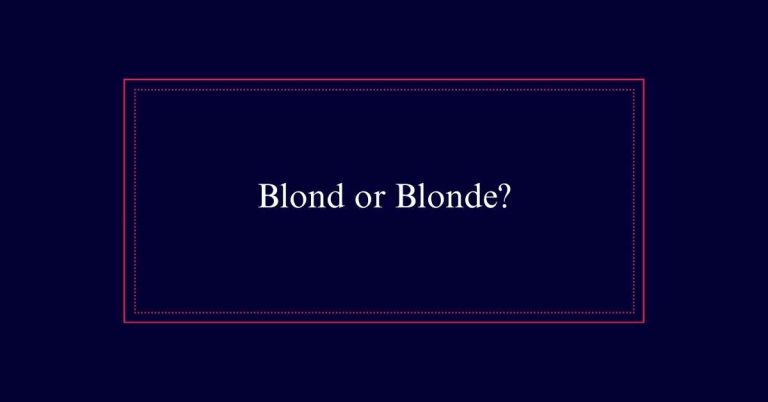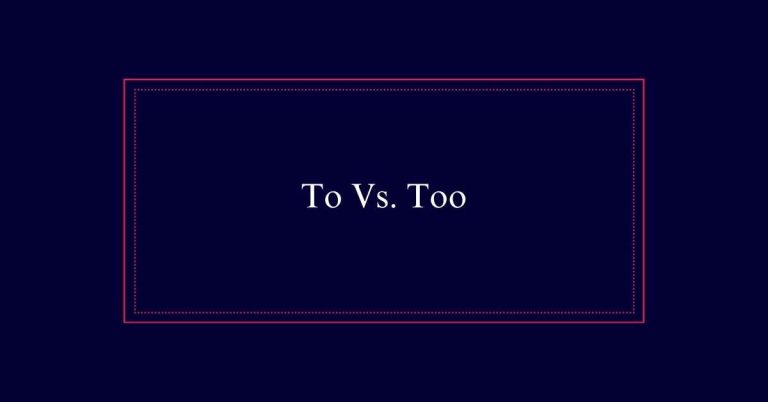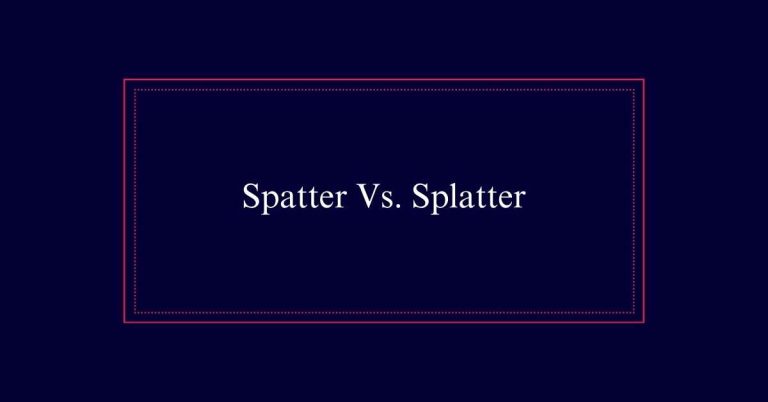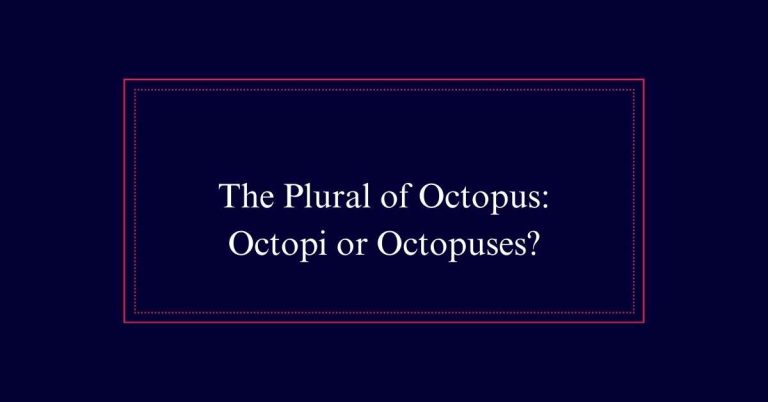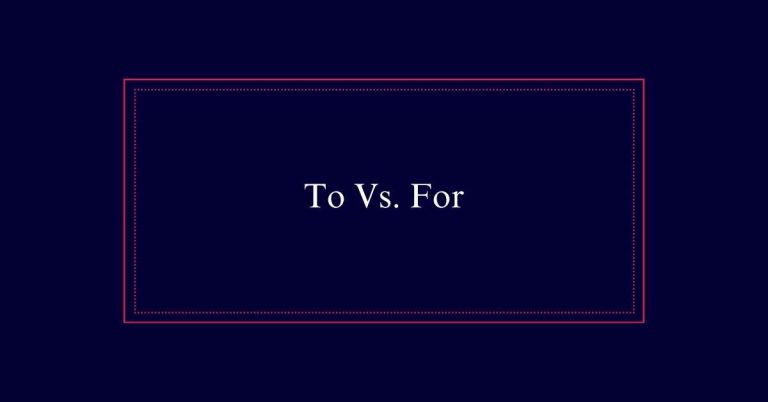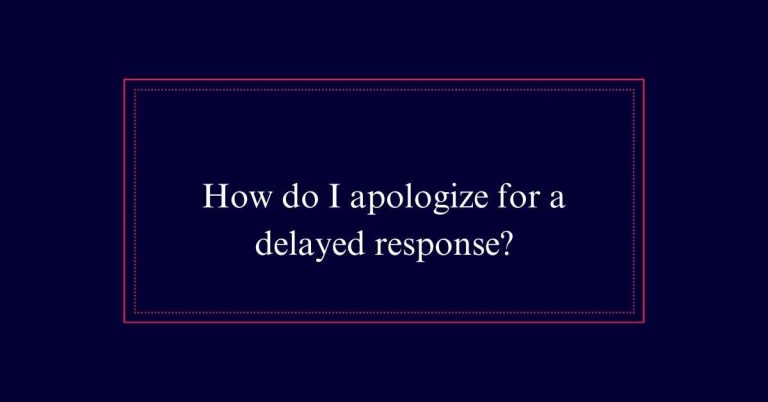Understatement: Definition and Examples
Understatement is a literary device used to make a situation seem less important or severe than it is, often adding subtlety and wit to the narrative. Writers and speakers employ it for humor, politeness, or to make a point indirectly.
Examples include phrases like “a bit of rain” to describe a storm or “feeling off” for being very ill. Other forms include litotes, using negative terms for modest affirmation, and meiosis, which minimizes importance to soften impact or include humor.
What Is an Understatement?
An understatement is a literary device that deliberately downplays the significance or severity of a situation. It is often used to emphasize the qualities it downplays, making it a powerful tool for adding humor or depth to writing.
By downplaying, it can also make expressions more polite or less harsh. For example, saying ‘I did alright‘ after winning a gold medal subtly highlights the achievement without boasting.
Understatements can communicate complex ideas in a simple manner, making them effective in engaging readers and setting a specific tone. Examples include calling a serious problem a ‘slight issue’ or describing a luxurious mansion as a ‘humble abode.’
Reasons to Use Understatements
Understanding the reasons to use understatements can further illuminate their impact in both writing and speech. One primary reason is to inject humor by downplaying a situation, making it amusing through contrast.
Understatements can also emphasize a point indirectly, drawing attention by minimizing the obvious. They are effective in maintaining politeness, softening potentially harsh statements to avoid offending.
Additionally, understatements can enhance the conversational tone, making interactions seem more genuine and relatable. Writers use them to add depth without overt dramatization, enhancing credibility and subtlety.
Irony as Understatement
When used as an understatement, irony often involves stating the opposite of what is true to highlight the actual situation humorously or emphatically. This technique can make the audience think more deeply about the real meaning behind the words. Irony as understatement is often seen in literature and daily conversations, adding a layer of wit and insight.
| Situation | Literal Statement | Ironic Understatement |
|---|---|---|
| Severe storm | “It’s a disaster outside” | A little breezy today |
| Failed project | “This is a huge failure” | “Didn’t quite go as planned” |
| Intense argument | “They’re furious” | “A slight disagreement happened” |
| Financial ruin | “We’re bankrupt” | “Facing a minor setback” |
Litotes: A Subtle Understatement
Litotes employs negative phrasing to subtly affirm a positive statement, making it a nuanced form of understatement. This technique uses double negatives or negative terms to express modesty or soften the impact of a statement.
For instance, saying ‘not bad’ to suggest something is actually good. This indirect approach can make statements feel more polite or understated.
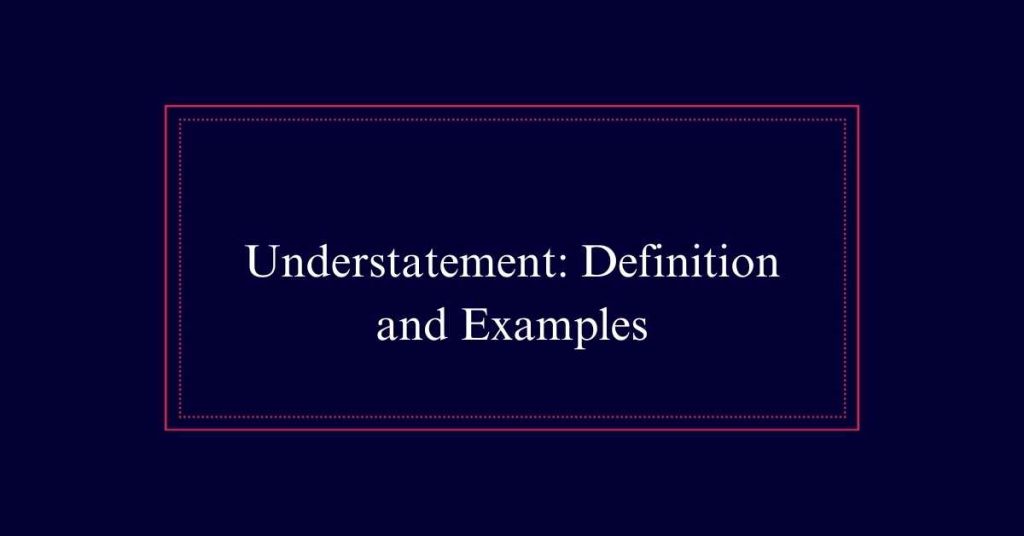
Litotes is often used to downplay achievements or qualities, creating a sense of humility. It can also be effective in making criticisms less harsh.
For example, ‘She’s not unlike her mother’ suggests a strong resemblance. By using litotes, writers and speakers can communicate their points subtly, adding layers of meaning and nuance without being overtly assertive.
Meiosis: Understatement and Euphemism
While litotes employs negative phrasing to affirm positives subtly, meiosis uses understatement as a form of euphemism to belittle or downplay significant situations. Meiosis minimizes the importance of a subject, often making something serious seem trivial. It is a tool in rhetoric to soften the impact of reality and can be used to avoid bluntness.
For example, referring to a serious injury as a ‘scratch’ or calling a monumental achievement a ‘minor success’ are instances of meiosis. This technique can also serve to inject humor or politeness into a conversation.
The primary function of meiosis is to create a sense of modesty or humility, which can make the speaker seem more relatable or less boastful.
Synonyms for Understatement
Understatement can be described using several synonyms that convey its essence effectively. One common synonym is ‘downplay,’ which means to make something seem less important.
‘Minimization’ is another term that suggests reducing the perceived impact of a situation or statement.
‘Underplay’ similarly implies making something appear less significant.
The word ‘reserved’ can describe a tone that is understated and not exaggerated.
While ‘euphemism’ is often associated with understatement, it is important to note that it serves a specific purpose, often softening uncomfortable topics.
Each of these synonyms highlights a different nuance of understatement, reflecting its versatile application in both language and literature.
Understatement Vs. Euphemism
Understanding the distinction between understatement and euphemism is crucial for effective communication. Both are literary devices that modify the way a message is conveyed, but they serve different purposes.
- Purpose:
Understatements downplay the significance of a situation, while euphemisms substitute harsh or uncomfortable terms with more socially acceptable ones.
- Usage:
Understatements emphasize by minimizing, often for humor or politeness, while euphemisms address sensitive topics like politics, death, or money.
- Impact:
Understatements create irony, humor, or subtle emphasis, whereas euphemisms soften the impact of potentially offensive or harsh language.
- Examples:
Understatement: ‘It’s a bit windy’ during a storm.
Euphemism: ‘Passed away’ instead of ‘died.’
Understatement Vs. Overstatement
In literature, both understatement and overstatement serve as powerful tools to create dramatic effects, but they achieve this through opposite means. Understatement downplays the situation, often for humor or politeness. Overstatement, on the other hand, exaggerates to emphasize or create a dramatic impact.
| Literary Device | Purpose | Example |
|---|---|---|
| Understatement | Downplay | “It rained a bit” during a storm |
| Overstatement | Exaggerate | “It’s an ocean out there” |
| Understatement | Politeness | “I did alright” after a win |
| Overstatement | Emphasis | “The best meal ever” |
Common Understatement Examples
Frequently, understatement examples in everyday language reveal the power of subtlety and wit. These expressions often downplay significant situations to create humor, emphasize a point, or maintain politeness.
Here are some common examples:
- ‘Slight problem’: Used when referring to a major disaster.
- ‘Feeling under the weather’: Indicates someone is seriously ill.
- ‘Cookie was pretty good’: Describes the best cookie ever tasted.
- ‘Welcome to my humble abode’: Said when showing a large, luxurious home.
Practical Uses of Understatements
Understatements serve practical purposes in both everyday language and professional communication. They help to soften potentially harsh statements, maintain politeness, and add a touch of humor. In business settings, they can make feedback more palatable and foster a positive atmosphere. In personal interactions, they can diffuse tension and create a sense of camaraderie.
| Situation | Understatement | Emotional Impact |
|---|---|---|
| Work Presentation | It went okay | Humility and modesty |
| Bad Weather | “A bit of rain” | Irony and humor |
| Health Issue | “Feeling off” | Comfort and reassurance |
| Financial Problem | “A slight setback” | Hope and resilience |
| Major Achievement | “Did alright” | Relatability and humility |
Frequently Asked Questions
How Does Understatement Differ From Sarcasm?
Understatement downplays a situation for emphasis or politeness. Sarcasm, however, uses irony to mock or convey contempt. While both can be humorous, sarcasm is typically more biting, aiming to criticize or ridicule.
Can Understatements Be Used in Formal Writing?
Yes, understatements can be used in formal writing. They add subtlety and sophistication, making the text more engaging. However, use them sparingly to maintain clarity and avoid misinterpretation. Their effectiveness depends on context and audience understanding.
Are Understatements Effective in Persuasive Writing?
Understatements can be effective in persuasive writing. They create a conversational tone, making arguments more relatable and credible. By downplaying, they allow readers to draw their own conclusions, enhancing engagement and reinforcing the writer’s point subtly.

